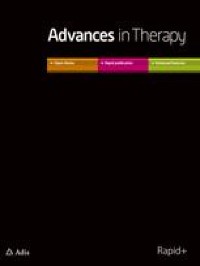Abstract
Introduction
Eribulin was approved in the United States (US) in 2010 for patients with metastatic breast cancer (MBC) who previously received at least two chemotherapeutic regimens, including anthracycline and taxane in the adjuvant or metastatic setting. With significant changes to the treatment landscape over the past decade, assessment of the real-world effectiveness of eribulin in clinical practice when used according to the approved US indication is valuable.
Methods
Patients with MBC were identified by community oncologists through a retrospective, multi-site patient chart review; de-identified data were abstracted into electronic case report forms. Eligible patients initiated eribulin consistent with approved US indication between 1 January 2011 and 31 December 2017. Clinical outcomes assessed included objective response rate (ORR), progression-free survival (PFS) and overall survival (OS) in all patients and those with triple negative breast cancer (TNBC).
Results
The analysis included 513 patients (median 59.0 years; 38.8% with Eastern Cooperative Oncology Group status ≥ 2). Eribulin was third-line therapy for 78.0% of patients, and fourth-line or later for the remainder. ORR was 54.4%, median PFS was 6.1 months (95% CI: 5.8, 6.6), and median OS was 10.6 months (95% CI 9.9, 11.7) in all patients. Among the 49.9% of patients with TNBC, ORR was 55.5%, median PFS was 5.8 months (95% CI 5.1, 6.4), and median OS was 9.8 months (95% CI 8.6, 11.0).
Conclusion
The current retrospective chart review study reinforces the clinical effectiveness of eribulin in patients with MBC, including those with TNBC, when used according to the approved US indication in real-world clinical practice.



Δεν υπάρχουν σχόλια:
Δημοσίευση σχολίου